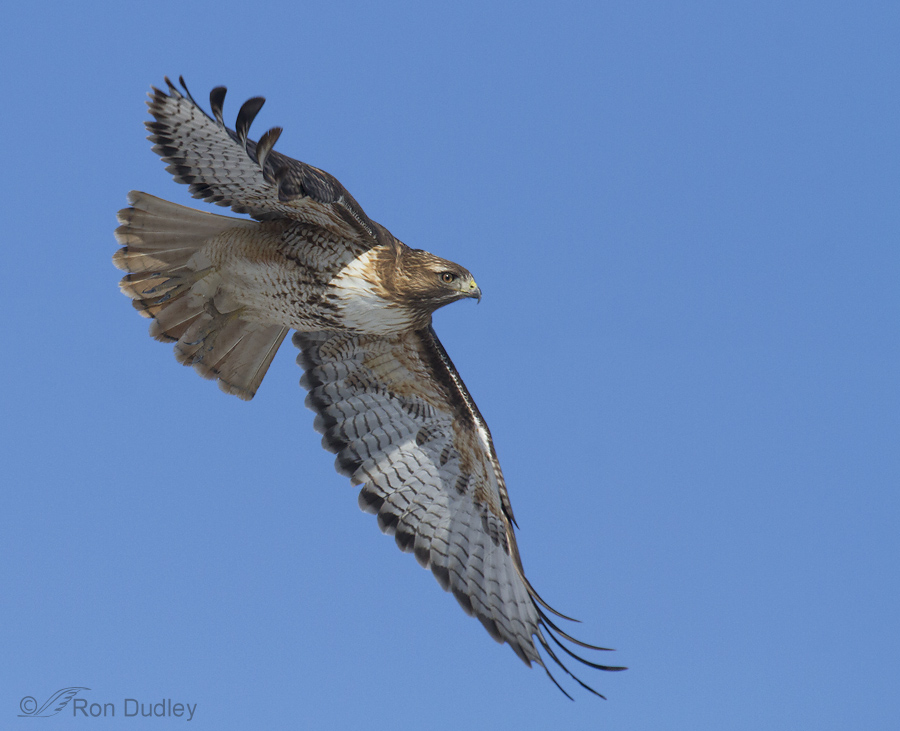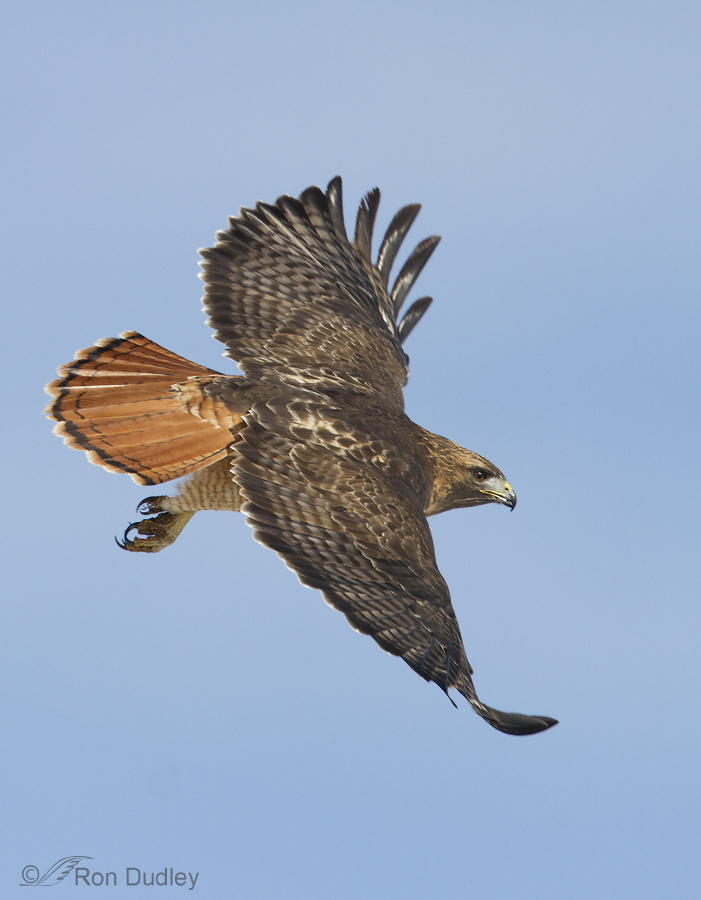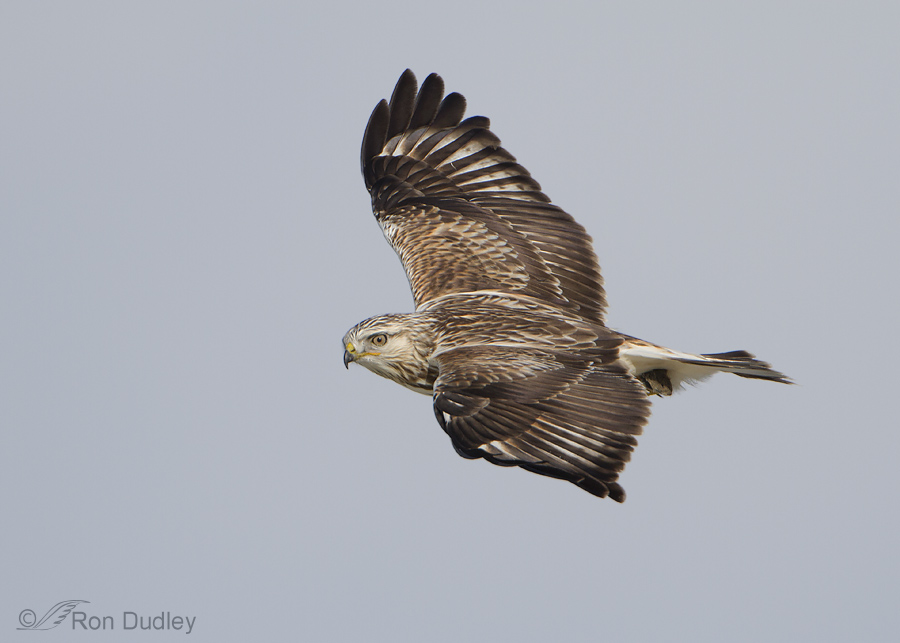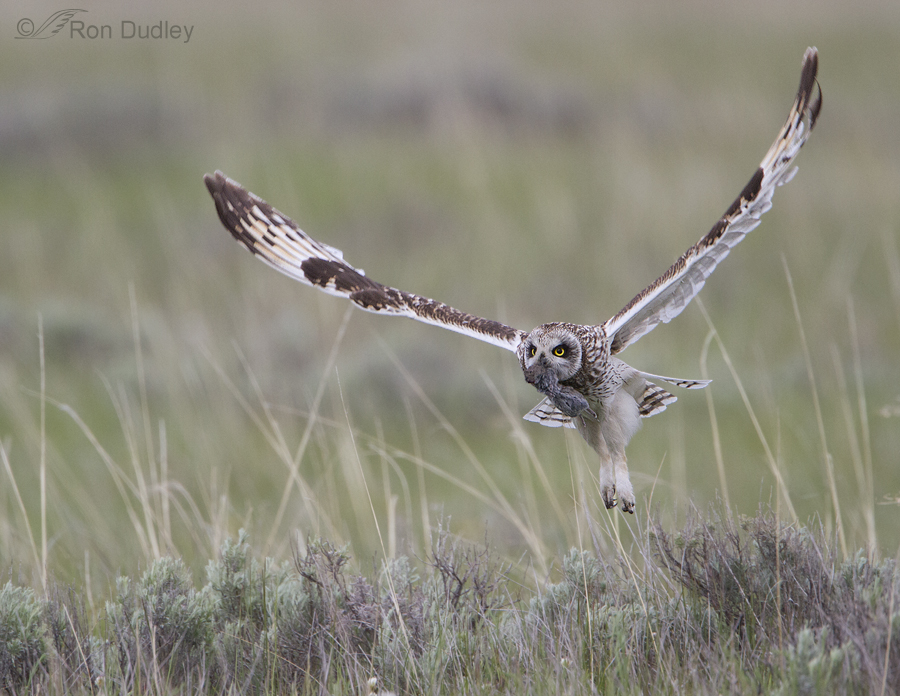Tag: vole
Adult Red-tailed Hawk – Total Plumage
A Barn Owl Hunting And A Delightful Surprise When I Arrived Home
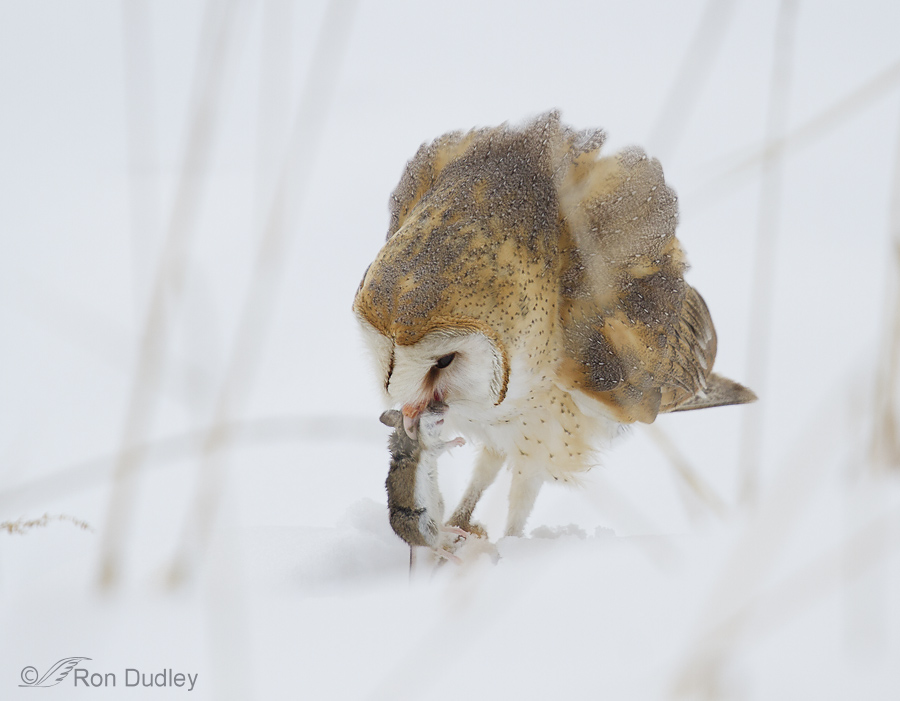
Yesterday was chock full of avian surprises!
It was overcast and gloomy the entire day, the kind of day we normally stay home, but in an effort to relieve cabin fever we finally broke down and left for Farmington at midday. While there we didn’t see many birds and almost left for home after one tour of the area but at the last minute decided to do another. That’s when this cooperative Barn Owl came into play.
Rough-legged Hawk – Topside View, With Prey
Rough-legged Hawk Hunting Technique
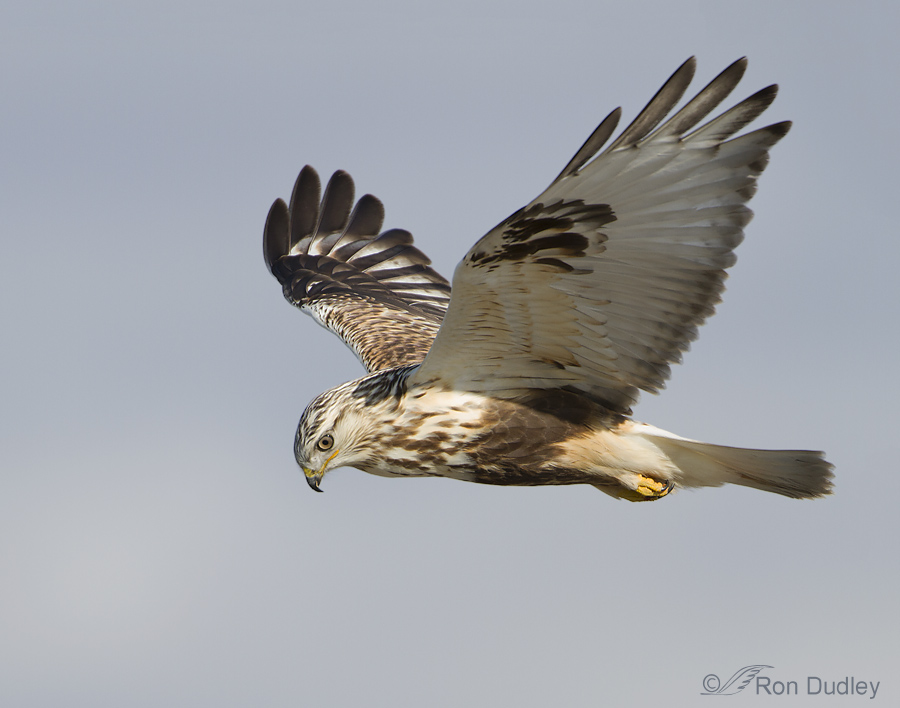
Like some other buteos, depending on conditions the Rough-legged Hawk may hunt from the air using flapping/gliding flight or from an elevated perch but their tendency to hunt in flight goes up significantly with increasing wind speed. This makes sense because hovering in the wind requires less energy than flapping flight.
Northern Harrier Showing Food Source Adaptability
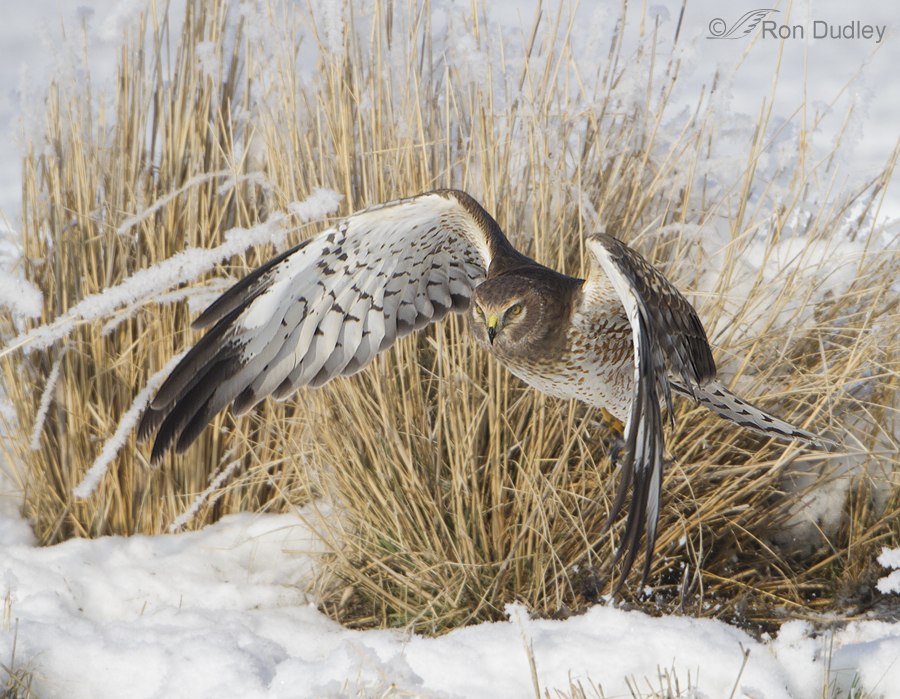
Last winter Northern Harriers really struggled to survive here in northern Utah. For several months it was bitter cold with a thick layer of snow on the ground which made it close to impossible for our wintering raptors (including Barn Owls) to find and catch their typical prey – voles. So harriers were forced to look for other food sources, including small birds. Songbirds are relatively scarce here that time of year but this harrier got lucky.
Short-eared Owl Carrying A Vole In Its Beak (for a change)
The Interdependence Of Short-eared Owls And Voles
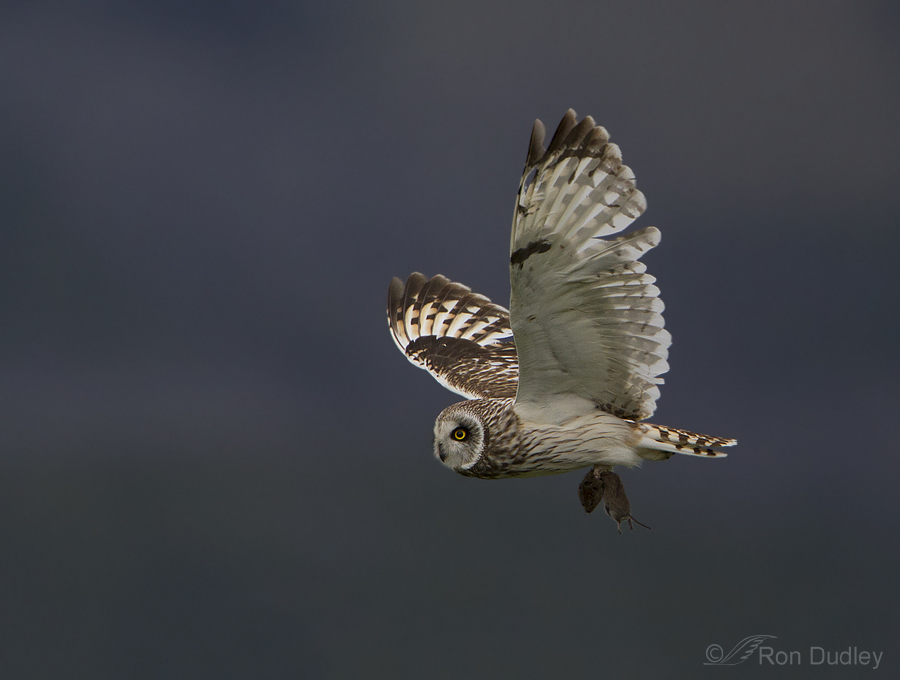
Though Short-eared Owls are one of the worlds most widespread owls, the species is highly dependent on the density of its small mammal prey, voles in particular. Since vole populations fluctuate wildly, Short-eared Owls show significant local variation in numbers and reproductive success from year to year.
Perch-hunting Red-tailed Hawk
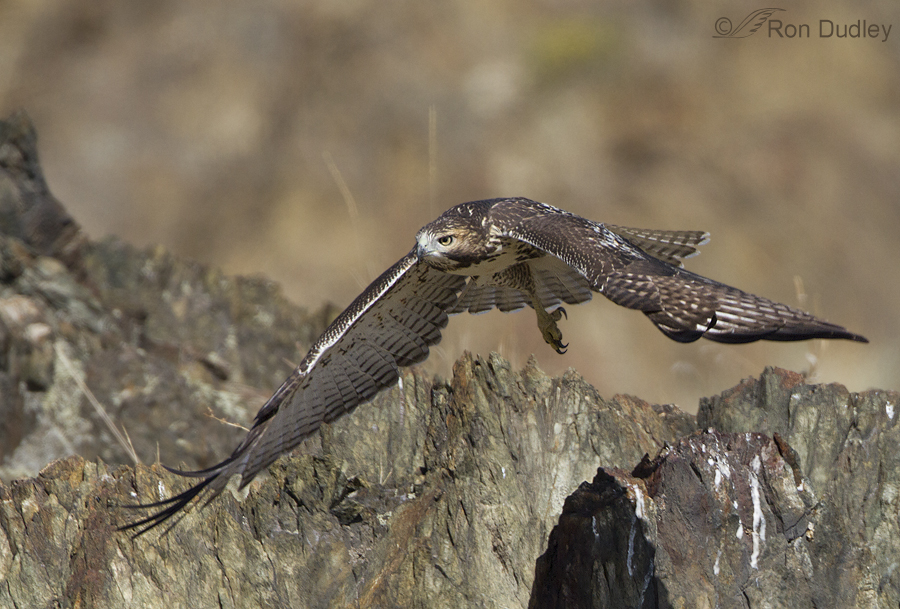
Red-tailed Hawks in North America are “sit and wait predators” who do most of their hunting (60 – 80%) from elevated perches. Though they do hunt from the air, that is not their primary hunting style. In fact, availability of elevated perches is a key factor in determining their foraging distribution.
Antelope Island is largely treeless and without power poles so Red-tails tend to be found in specific locations on the island where elevated natural perches are available. One of their favorite foraging spots is an area where there are large outcroppings of Farmington Canyon Complex rocks jutting out from the side of a small mountain, which is where I found this bird hunting voles
Red-tailed Hawk Gliding To Its Prey
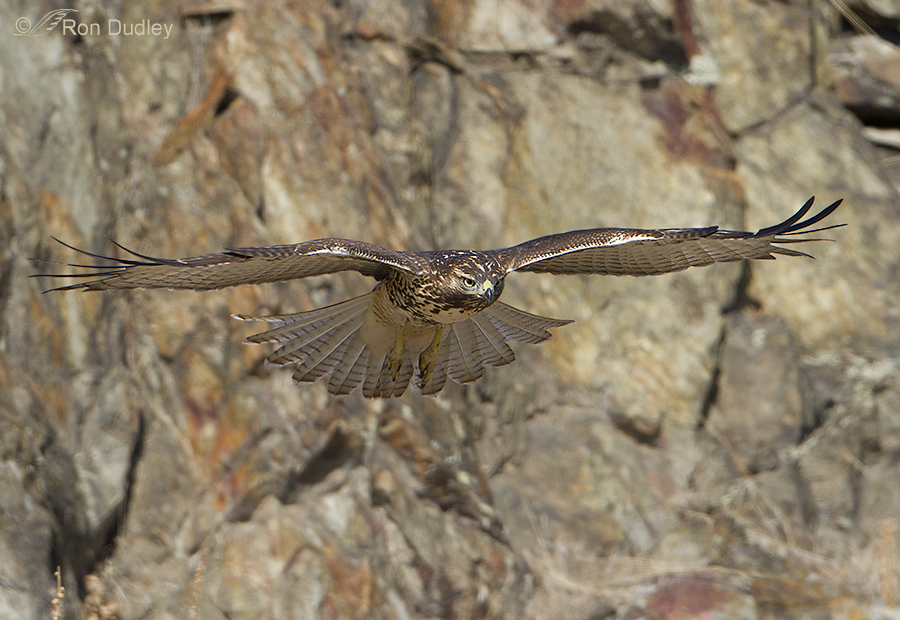
About a year ago I spent some time with this juvenile Red-tailed Hawk as it honed its hunting skills. It wasn’t yet a very good hunter but it sure tried hard. It typically perched on top of some rocky outcrops as it scanned the grassy slopes below for voles. Then it would swoop down and make its attempt, though it seldom caught anything that I was aware of. Learning to hunt isn’t easy and the price to pay for failure is a dear one.
Owl Head-on Flight Shots Don’t Have To Be Baited
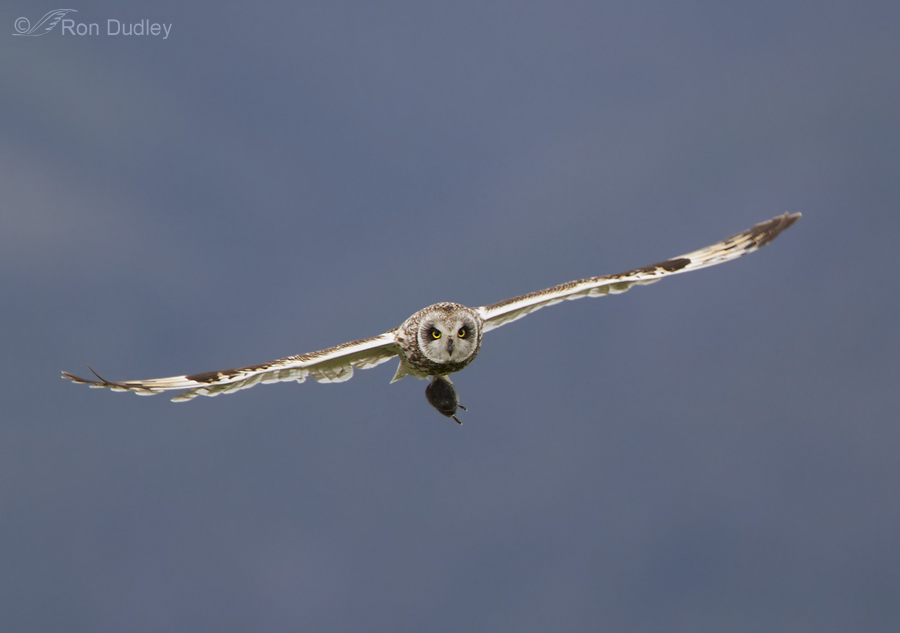
Head-on flight shots of owls have often been baited using live, store-bought mice. I’m of the opinion that baiting raptors is not only unethical (a debate I’d prefer to not get into here) but unnecessary for those kinds of images. However they typically require patience, intimate knowledge of the subject, a keen eye for interpreting behavior and even a little luck.
Red-tailed Hawk – A Twisting Take-off After Prey
The sturdy, broad-winged buteos tend to be large raptors with correspondingly slower movements than most smaller birds. Most of the time when I’m watching them they’re hunting from an elevated perch or soaring overhead and in neither situation do they typically demonstrate much quickness or agility.
But they can put on quite the show when they need to.
Short-eared Owl In Flight With Prey
This sequence is from the summer of 2010 in southwest Montana. The adult male was kept busy hunting and delivering voles to his family of two chicks and the female on the nest.
Loggerhead Shrike – The Bill Of A Killer
I’ve never been able to get a really good look at both the hook and tomial teeth on the bill of a Loggerhead Shrike in any of my images. Until two days ago on Antelope Island…
Short-eared Owl With Prey, Coming At Me
I’m always happy when I can get decent images of an owl in flight. If they’re carrying prey it’s a bonus. And if the bird is flying toward me I often consider it icing on the cake – partly because those kinds of shots are so very often baited, decoyed, set up or called in. As always for me, these were not. I’ve posted one of these shots before but I hoped it might be interesting for some to see a sequence of images as this adult male Short-eared Owl flew toward me with a vole for its mate before veering off to my right. 1/1000, f/5.6, ISO 800, 500 f/4, 1.4 tc, natural light, not baited, set up or called in This first image shows less detail and image quality because the owl was further away as it began to approach me but I decided to include it for context in the sequence. The lower background is sagebrush flats while the upper blues are Montana’s Centennial Mountains in shade. 1/1250, f/5.6, ISO 800, 500 f/4, 1.4 tc, natural light, not baited, set up or called in Four frames later the owl was significantly closer and flew almost directly at me before veering off – a pattern it followed more than once. I’d guess that it was his way of checking me out for any potential threat before delivering the vole. 1/1000, f/5.6, ISO 800, 500 f/4, 1.4 tc, natural light, not baited, set up or called in Which he’s doing intently here. Eye contact can’t be much…
Adult Red-tailed Hawk – Total Plumage
A Barn Owl Hunting And A Delightful Surprise When I Arrived Home

Yesterday was chock full of avian surprises!
It was overcast and gloomy the entire day, the kind of day we normally stay home, but in an effort to relieve cabin fever we finally broke down and left for Farmington at midday. While there we didn’t see many birds and almost left for home after one tour of the area but at the last minute decided to do another. That’s when this cooperative Barn Owl came into play.
Rough-legged Hawk – Topside View, With Prey
Rough-legged Hawk Hunting Technique

Like some other buteos, depending on conditions the Rough-legged Hawk may hunt from the air using flapping/gliding flight or from an elevated perch but their tendency to hunt in flight goes up significantly with increasing wind speed. This makes sense because hovering in the wind requires less energy than flapping flight.
Northern Harrier Showing Food Source Adaptability

Last winter Northern Harriers really struggled to survive here in northern Utah. For several months it was bitter cold with a thick layer of snow on the ground which made it close to impossible for our wintering raptors (including Barn Owls) to find and catch their typical prey – voles. So harriers were forced to look for other food sources, including small birds. Songbirds are relatively scarce here that time of year but this harrier got lucky.
Short-eared Owl Carrying A Vole In Its Beak (for a change)
The Interdependence Of Short-eared Owls And Voles

Though Short-eared Owls are one of the worlds most widespread owls, the species is highly dependent on the density of its small mammal prey, voles in particular. Since vole populations fluctuate wildly, Short-eared Owls show significant local variation in numbers and reproductive success from year to year.
Perch-hunting Red-tailed Hawk

Red-tailed Hawks in North America are “sit and wait predators” who do most of their hunting (60 – 80%) from elevated perches. Though they do hunt from the air, that is not their primary hunting style. In fact, availability of elevated perches is a key factor in determining their foraging distribution.
Antelope Island is largely treeless and without power poles so Red-tails tend to be found in specific locations on the island where elevated natural perches are available. One of their favorite foraging spots is an area where there are large outcroppings of Farmington Canyon Complex rocks jutting out from the side of a small mountain, which is where I found this bird hunting voles
Red-tailed Hawk Gliding To Its Prey

About a year ago I spent some time with this juvenile Red-tailed Hawk as it honed its hunting skills. It wasn’t yet a very good hunter but it sure tried hard. It typically perched on top of some rocky outcrops as it scanned the grassy slopes below for voles. Then it would swoop down and make its attempt, though it seldom caught anything that I was aware of. Learning to hunt isn’t easy and the price to pay for failure is a dear one.
Owl Head-on Flight Shots Don’t Have To Be Baited

Head-on flight shots of owls have often been baited using live, store-bought mice. I’m of the opinion that baiting raptors is not only unethical (a debate I’d prefer to not get into here) but unnecessary for those kinds of images. However they typically require patience, intimate knowledge of the subject, a keen eye for interpreting behavior and even a little luck.
Red-tailed Hawk – A Twisting Take-off After Prey
The sturdy, broad-winged buteos tend to be large raptors with correspondingly slower movements than most smaller birds. Most of the time when I’m watching them they’re hunting from an elevated perch or soaring overhead and in neither situation do they typically demonstrate much quickness or agility.
But they can put on quite the show when they need to.
Short-eared Owl In Flight With Prey
This sequence is from the summer of 2010 in southwest Montana. The adult male was kept busy hunting and delivering voles to his family of two chicks and the female on the nest.
Loggerhead Shrike – The Bill Of A Killer
I’ve never been able to get a really good look at both the hook and tomial teeth on the bill of a Loggerhead Shrike in any of my images. Until two days ago on Antelope Island…
Short-eared Owl With Prey, Coming At Me
I’m always happy when I can get decent images of an owl in flight. If they’re carrying prey it’s a bonus. And if the bird is flying toward me I often consider it icing on the cake – partly because those kinds of shots are so very often baited, decoyed, set up or called in. As always for me, these were not. I’ve posted one of these shots before but I hoped it might be interesting for some to see a sequence of images as this adult male Short-eared Owl flew toward me with a vole for its mate before veering off to my right. 1/1000, f/5.6, ISO 800, 500 f/4, 1.4 tc, natural light, not baited, set up or called in This first image shows less detail and image quality because the owl was further away as it began to approach me but I decided to include it for context in the sequence. The lower background is sagebrush flats while the upper blues are Montana’s Centennial Mountains in shade. 1/1250, f/5.6, ISO 800, 500 f/4, 1.4 tc, natural light, not baited, set up or called in Four frames later the owl was significantly closer and flew almost directly at me before veering off – a pattern it followed more than once. I’d guess that it was his way of checking me out for any potential threat before delivering the vole. 1/1000, f/5.6, ISO 800, 500 f/4, 1.4 tc, natural light, not baited, set up or called in Which he’s doing intently here. Eye contact can’t be much…


